New South Wales Corps
The New South Wales Corps (a.k.a. the Rum Corps) was formed in England in 1789 as three companies, and relieved the NSW Marines over the period of 1790-1792. The quality of the men was patchy as this was an unpopular posting. A fourth company was formed from marines choosing to remain in the colony. The Regiment was stationed in NSW until 1810. They were lead by Major Francis Grose, who had arrived in 1792 to relieve Captain Phillip as Lieutenant-Governor of the colony.
Grose introduced military rule and made changes to favour officers of the Corps, including land grants and rum trading. The misuse of power and wealth that resulted is infamous, including the ‘Great Rebellion’ (in 1855 dubbed the ‘Rum Rebellion’) against Governor Bligh, and was not brought under control until Lachlan Macquarie became Governor in 1810. However, they were effective in controlling the rebelling convicts of the 1804 battle of Vinegar Hill.
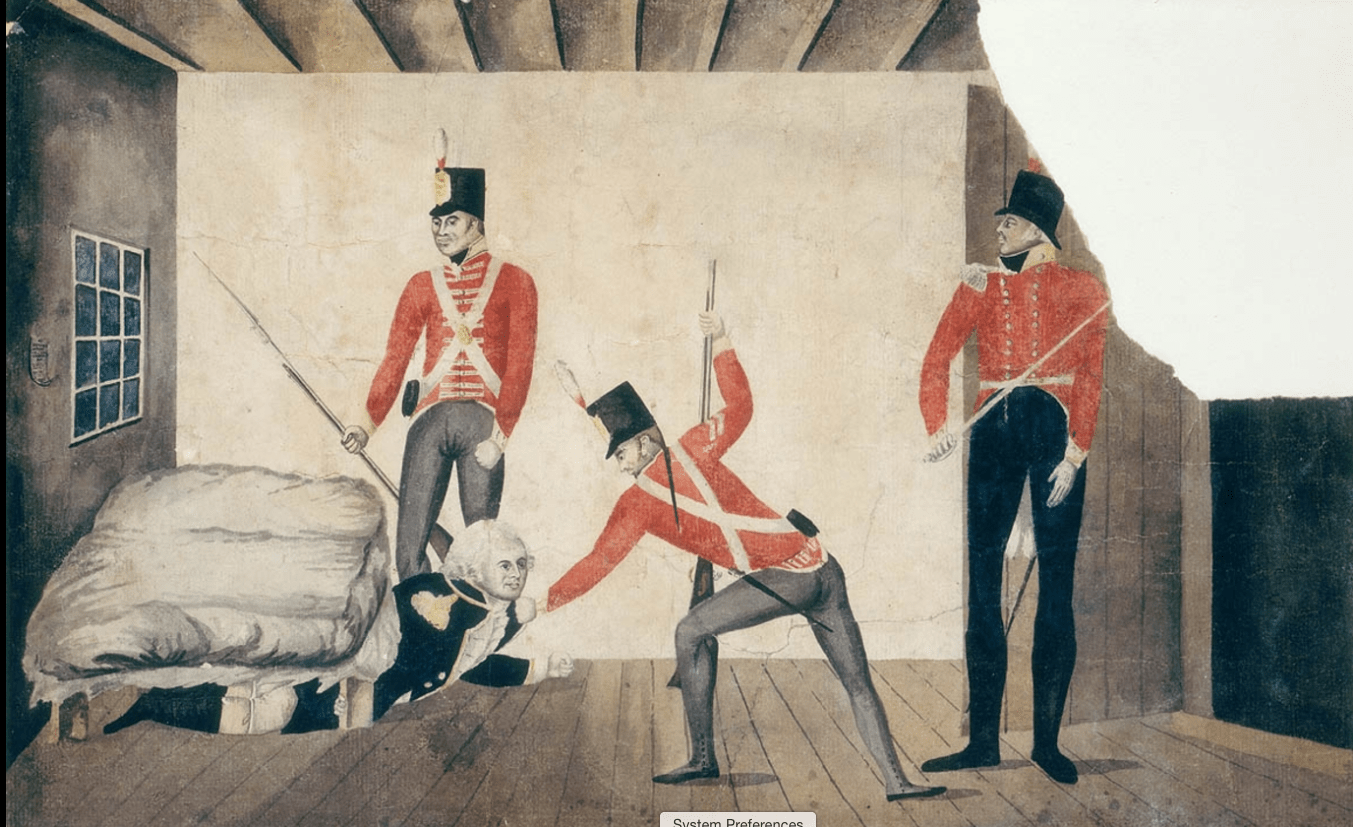
1808 cartoon of the arrest of Bligh by members of the Rum Corps.
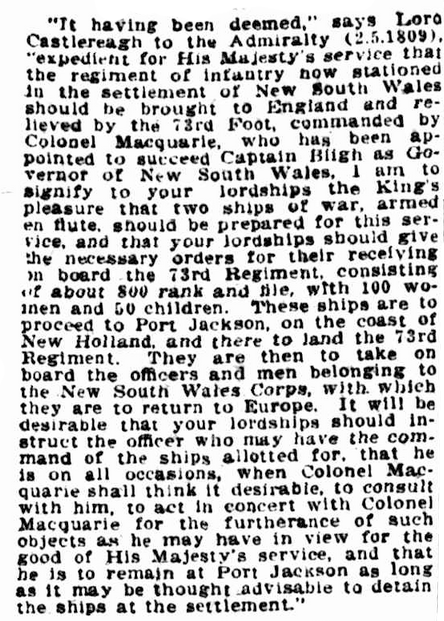
Truth (Brisbane), 4th July 1909 page 11. From an article about “Old Sydney”.
In 1809 the bulk of the troops recalled to England and they were renamed the 102nd Regiment of Foot. Some remained, absorbed into Macquarie’s 73rd Regiment, and some were formed into a veteran and invalids troop. A number of retired officers remained as farmers in NSW.
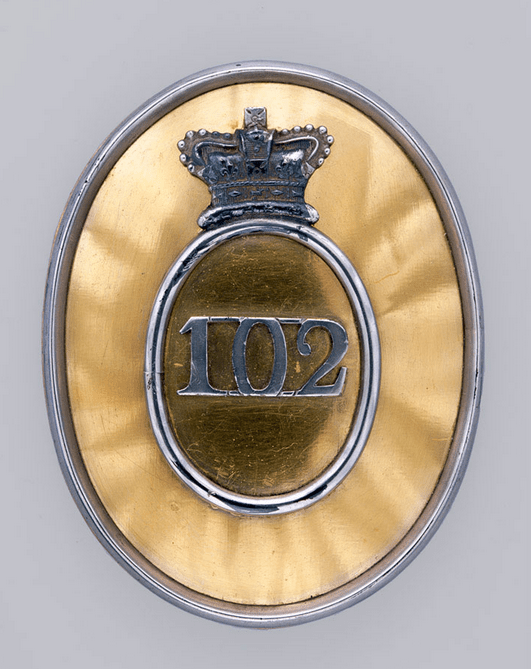
An officer’s shoulder plate. As the designation “102nd” only dates from 1809, these date from after the regiment returned home. Courtesy Royal Army Museum https://collection.nam.ac.uk/detail.php?q=searchType%3Dsimple%26resultsDisplay%3Dlist%26simpleText%3DNew%2Bsouth%2Bwales&pos=4&total=19&page=1&acc=1979-02-87-1

Miniature in the State Library of NSW collection: Officer of the NSW Corps, William Cox. Note the plain buttons.
William Lincoln from a British reproduction uniforms manufacturer kindly shared knowledge and these diagrams with me (original source unknown). They are pewter buttons dug up in Tasmania including plain examples and those marked for the 73rd Regiment of Foot who were stationed there from 1810-1814.
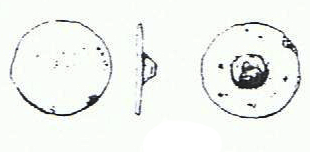
“Brass cone shank button. A flat undecorated disk, 17mm diameter, 1mm thick, with the remains of a copper wire shank soldered in place of a central boss.”
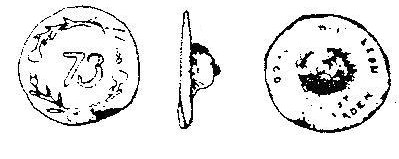
https://en.wikipedia.org/wiki/New_South_Wales_Corps
https://en.wikipedia.org/wiki/Rum_Rebellion
For all questions and comments, please use the Contact page.
